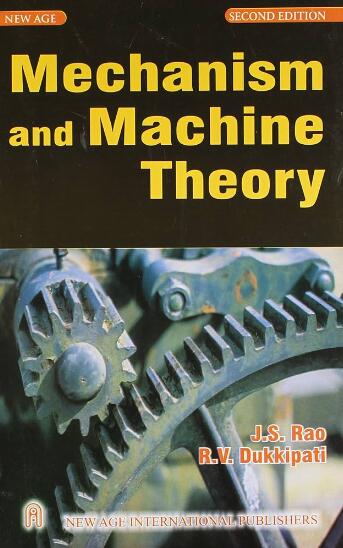铁路货车在不同轨道不平整度和曲线半径下的振动和摩擦能多体动力学分析
IF 4.5
1区 工程技术
Q1 ENGINEERING, MECHANICAL
引用次数: 0
摘要
更好地了解货车的能源消耗是重要的节能货车操作和设计。本研究通过对不同轨道条件和悬架结构下振动和摩擦能量耗散的多体动力学分析进行了计算研究。利用GENSYS软件包开发了详细的多体动态铁路货车模型,并考虑了不同的货车速度、轨道不平整度、悬挂类型和曲线半径的仿真组合。对所有悬架和摩擦部件进行了能量耗散分析。结果表明,航迹不规则度越差,能量耗散越大(从6级到3级增加28%)。更高的速度和更陡峭的弯道放大了轨道不规则性的影响,并产生了更大的能耗变量。就个人能源消耗而言,轮轨接触(WRC)始终占能量损失的最大比例(51 - 57%);滚子轴承排在第二位(32 - 43%)。通常可变的楔形悬架消耗更少的能量(约46%和15兆焦耳,平均少)。然而,相应的WRC消耗的能量比恒定的楔形悬架多(平均多10%和26 MJ)。这表明楔形悬架的阻尼性能显著影响WRC时的能量消耗。本文章由计算机程序翻译,如有差异,请以英文原文为准。
Multibody dynamic analysis of vibrational and frictional energy for railway freight wagons under different track irregularities and curve radii
Better understanding of wagon energy consumptions is important for energy efficient wagon operations and designs. This study carries outs a computational study via multibody dynamic analysis of vibrational and frictional energy dissipation across different track conditions and suspension configurations. Detailed multibody dynamic railway wagon modelling and a combination of simulations considering different wagon speeds, track irregularities, suspension types, and curve radii were developed by using the GENSYS software package. Energy dissipation analyses for all suspension and frictional components were carried out. The results indicate that worse track irregularities lead to greater energy dissipation (28 % more from Class 6 to 3). Higher speeds and sharper curves amplified the influences of track irregularities and gave larger energy consumption variables. Individual energy consumer wise, wheel-rail contact (WRC) consistently accounts for the largest proportion of energy loss (51–57 %); roller bearings come second (32–43 %). Generally variable wedge suspensions consume less energy (about 46 % and 15 MJ less, on average). However, the corresponding WRC consume more energy than constant wedge suspensions cases (10 % and 26 MJ more, on average). This indicates that the damping performance of wedge suspensions significantly influences the energy consumptions at WRC.
求助全文
通过发布文献求助,成功后即可免费获取论文全文。
去求助
来源期刊

Mechanism and Machine Theory
工程技术-工程:机械
CiteScore
9.90
自引率
23.10%
发文量
450
审稿时长
20 days
期刊介绍:
Mechanism and Machine Theory provides a medium of communication between engineers and scientists engaged in research and development within the fields of knowledge embraced by IFToMM, the International Federation for the Promotion of Mechanism and Machine Science, therefore affiliated with IFToMM as its official research journal.
The main topics are:
Design Theory and Methodology;
Haptics and Human-Machine-Interfaces;
Robotics, Mechatronics and Micro-Machines;
Mechanisms, Mechanical Transmissions and Machines;
Kinematics, Dynamics, and Control of Mechanical Systems;
Applications to Bioengineering and Molecular Chemistry
 求助内容:
求助内容: 应助结果提醒方式:
应助结果提醒方式:


